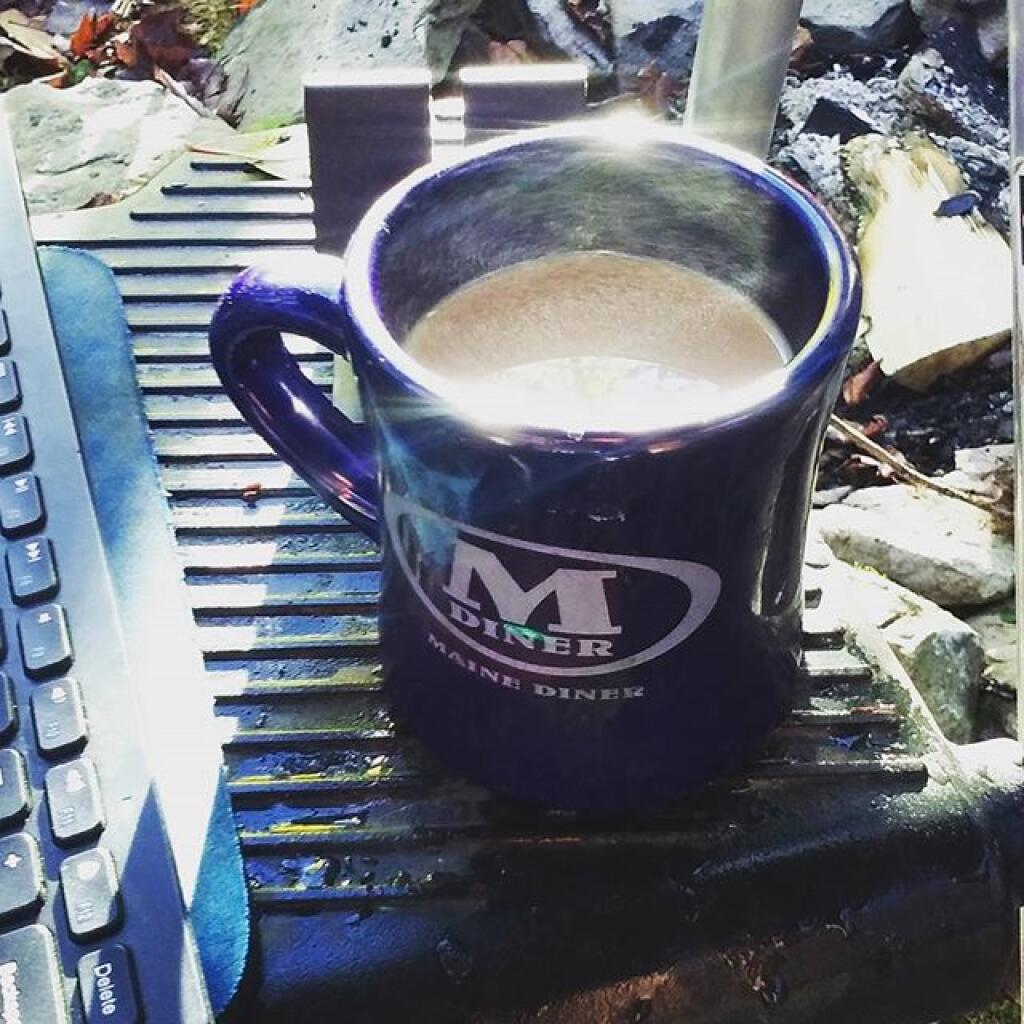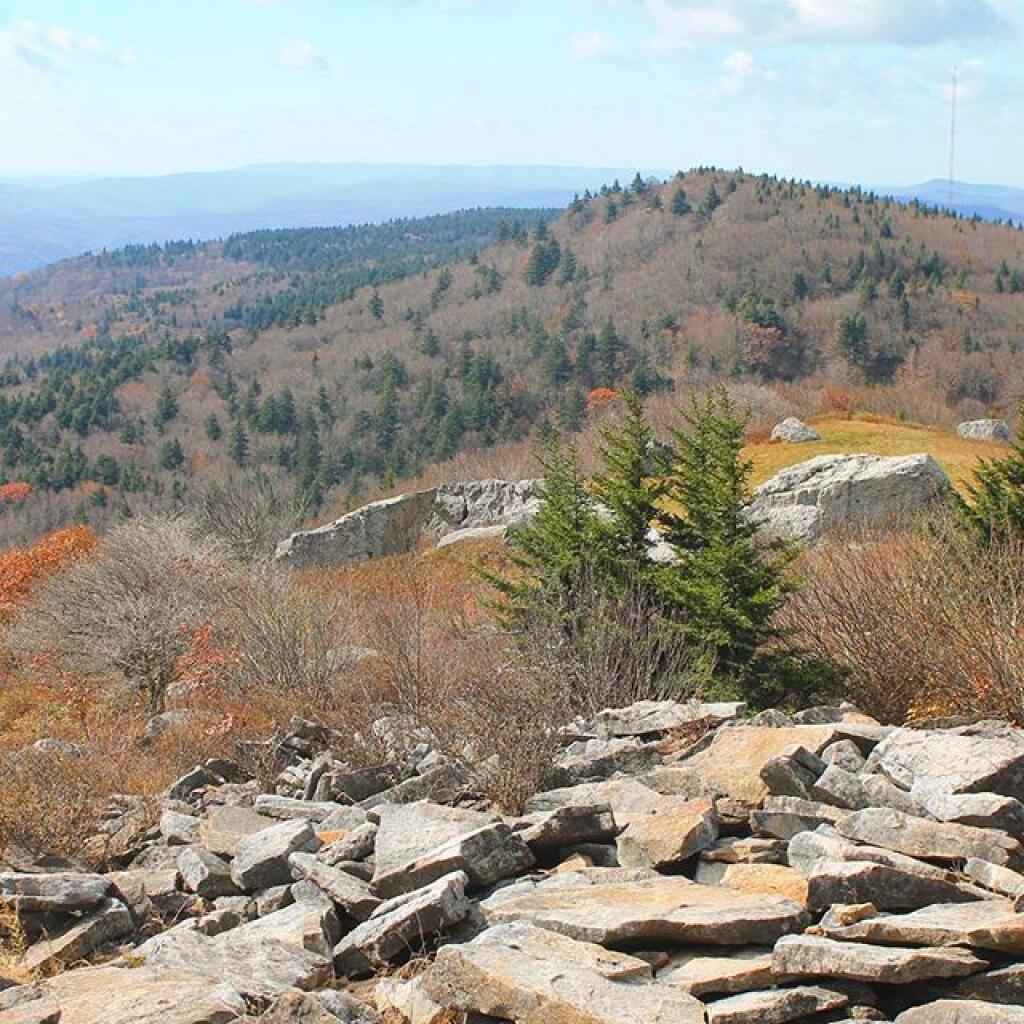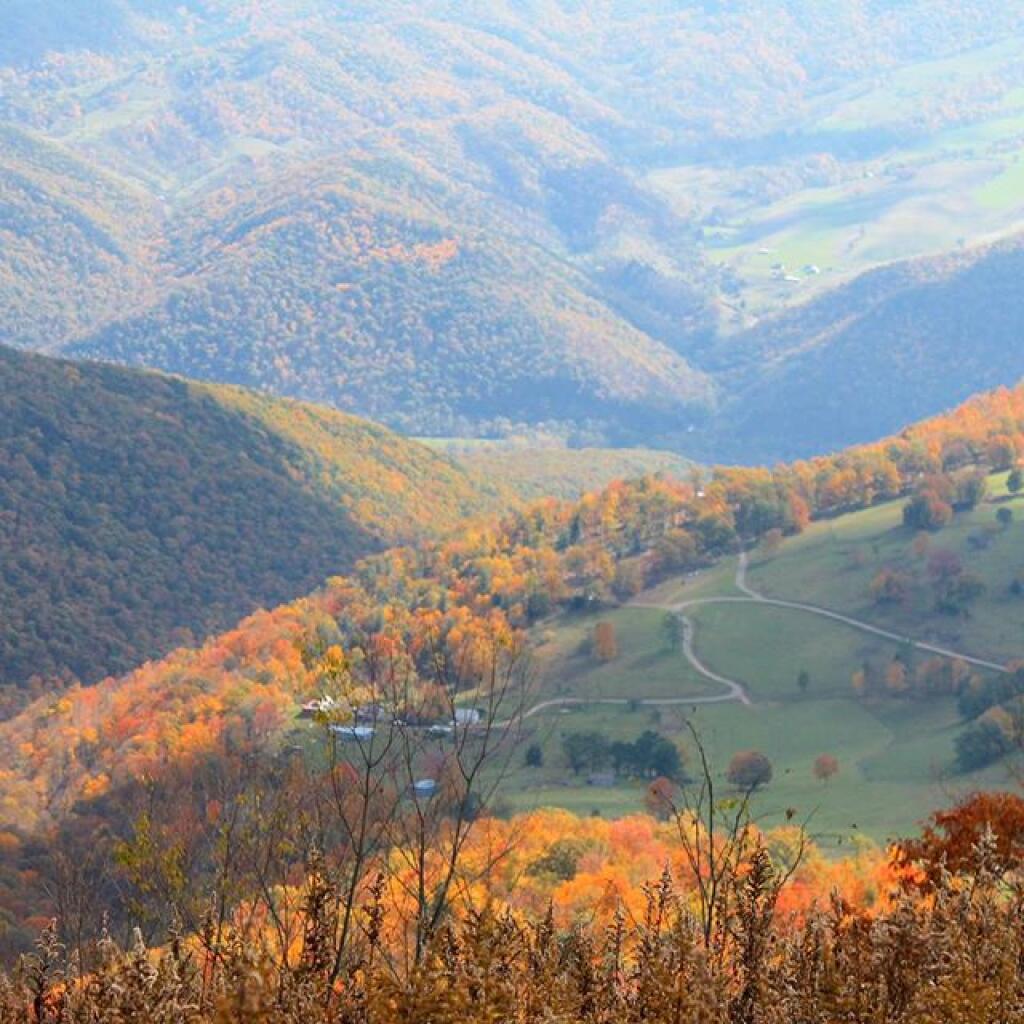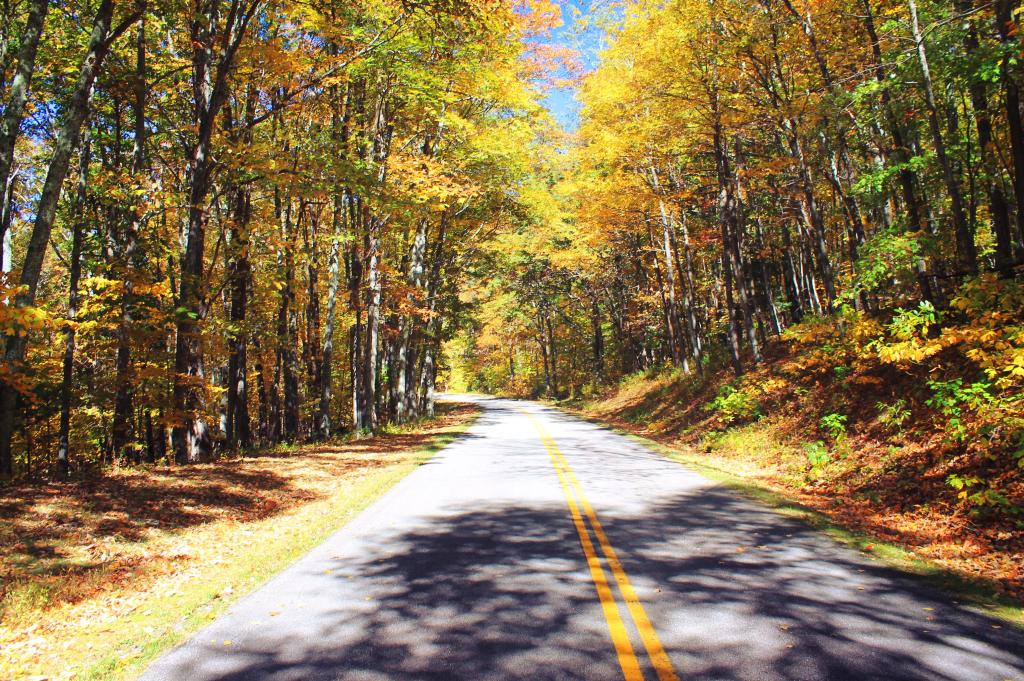West Virginia
Leaves
US 219 North of Thomas
Where Cell Service, Wi-Fi Are Banned
"There are no physical signs you've entered the National Radio Quiet Zone, a 13,000-square-mile area that covers the eastern half of West Virginia. But the silence gives you a signal. Somewhere around the Virginia-West Virginia state line, the periodic buzzes and pings of our smartphones stopped."
The Hills of West Virgina
This October, I am thinking about taking another trip to West Virgina. People from New York don’t know much about West Virginia, thinking it’s a backwards, coal producing state, but it’s also one with incredible scenic beauty. I love the beauty and the back country roads, but boy are those hills steep, the roads narrow and twisty. They’re tough on your brakes going down them, even in low gear, and tough on your engine climbing them.
But then again, I was in the highest elevation part of West Virginia, visiting places like Dolly Sods and Spruce Mountain. Great country, but you are up high. Climbing and descending the mountains, really isn’t much fun in West Virginia, especially with a lifted truck with a low gear ratio and somewhat undersized brakes.
I kind of would love to see that country again, but I think I would try to stay off of some of those hills, preferring to stick to main roads, that go through valleys as much as possible. I would definitely avoid mountain passes, because I really don’t find that driving that much fun, with my fear of having issues with the truck, with no cell service in much of the northern part of state, due to the National Quiet Zone.
If I do go down there, I will skip Shenandoah National Park. That park was fun to see but I would like to do more of the Blue Ridge Parkway, and head further south. I do need to plan which campgrounds I would stay at, because there aren’t the free camping opportunities along the Parkway, as I might find in Monongahela National Forest in West Virginia. But so be it. I can survive in a lightly developed campground, like North Creek Campground in Buchanan.
I don’t know how far south I could go on the Blue Ridge Parkway, but at 45 MPH, you can make a lot of distance. The parkway is a fun drive, it lacks the sharp curves and hills that you find in either West Virginia or Skyline Drive at Shenandoah National Park. I got to really hate the hills in West Virginia. I actually found the Blue Ridge Parkway to be the most pleasurable part of my trip, even if there was a lot of speed traps on gently sloping downhills. Cruise control and Waze helps with that.
It would be a fun trip. I just got to keep planning, and play it out by ear as the autumn approaches.
Tiny Houses Built By High School Students For West Virginia Flood Victims
McDowell County, WV Part I
- 1988: Dukakis, 74.20%. Bush, 25.40%.
- 2016: Clinton, 22.97%. Trump, 74.16%.







